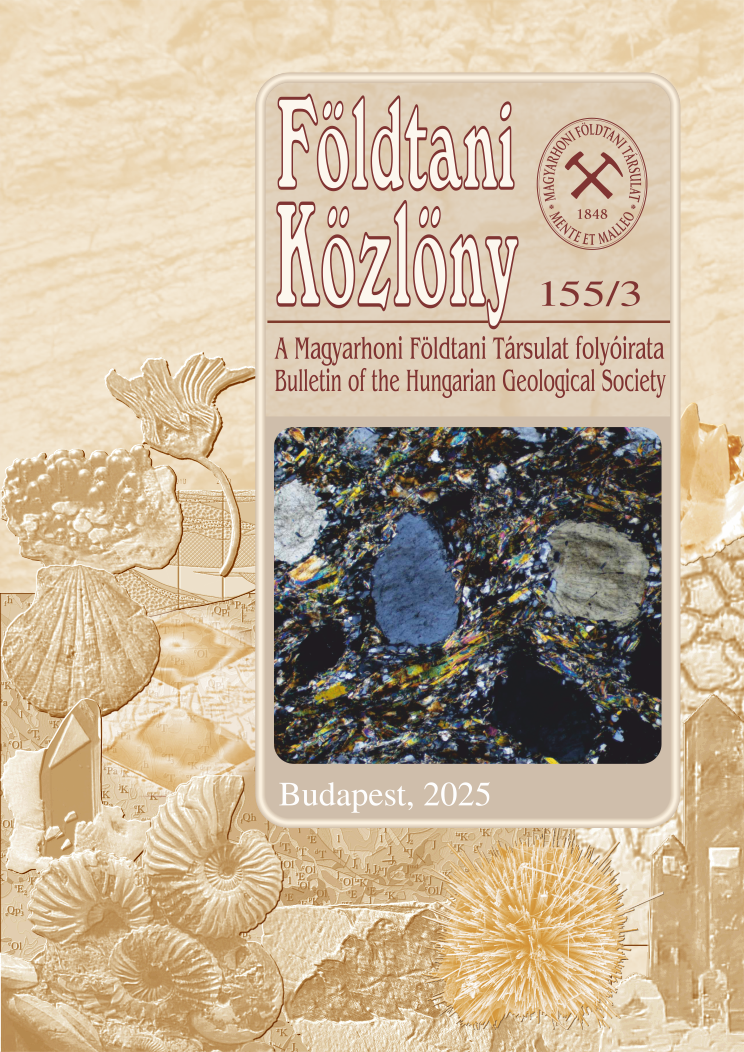Remnants of the accretionary complex of the Neotethys Ocean in Northern Hungary
Abstract
The paper summarizes the results of the latest sedimentological and stratigraphical investigations carried out on the
Triassic and Jurassic basin and slope facies in North Hungary. The studies were performed in the Bükk Mts in the Darnó
area, on cores drilled in the Mátra Mts, and in the Rudabánya Hills. The deep-sea succession of the Bükk commences with
Early Bajocian radiolarite that is overlain by siliciclastic turbidites deposited in a submarine fan system. After this, the
presence of hemipelagic carbonates-argillites interfingering with eupelagic radiolarites become typical. Pronounced
tectonic activity during the Late Bajocian to Bathonian may have caused the deposition of polimyctic olistostromes.
These are followed by the appearance of big olistolithes made up mostly of redeposited carbonates of platform origin
(probably derived from the Adriatic Dinaridic Carbonate Platform). The relics of the Neotethys accretionary complexes
occur in the Bükk, in the basement of the Mátra and also in the Darnó area. They show a good correspondence with those
relics in the Dinarides and therefore their genetic conditions can be derived from the recently elaborated genetic models
for the Dinarides. Although differences have been noticed in the composition of the olistostromes present in the
Rudabánya Hills, compared to those in the Bükk and Mátra Mts, significant common features were also recognised.











